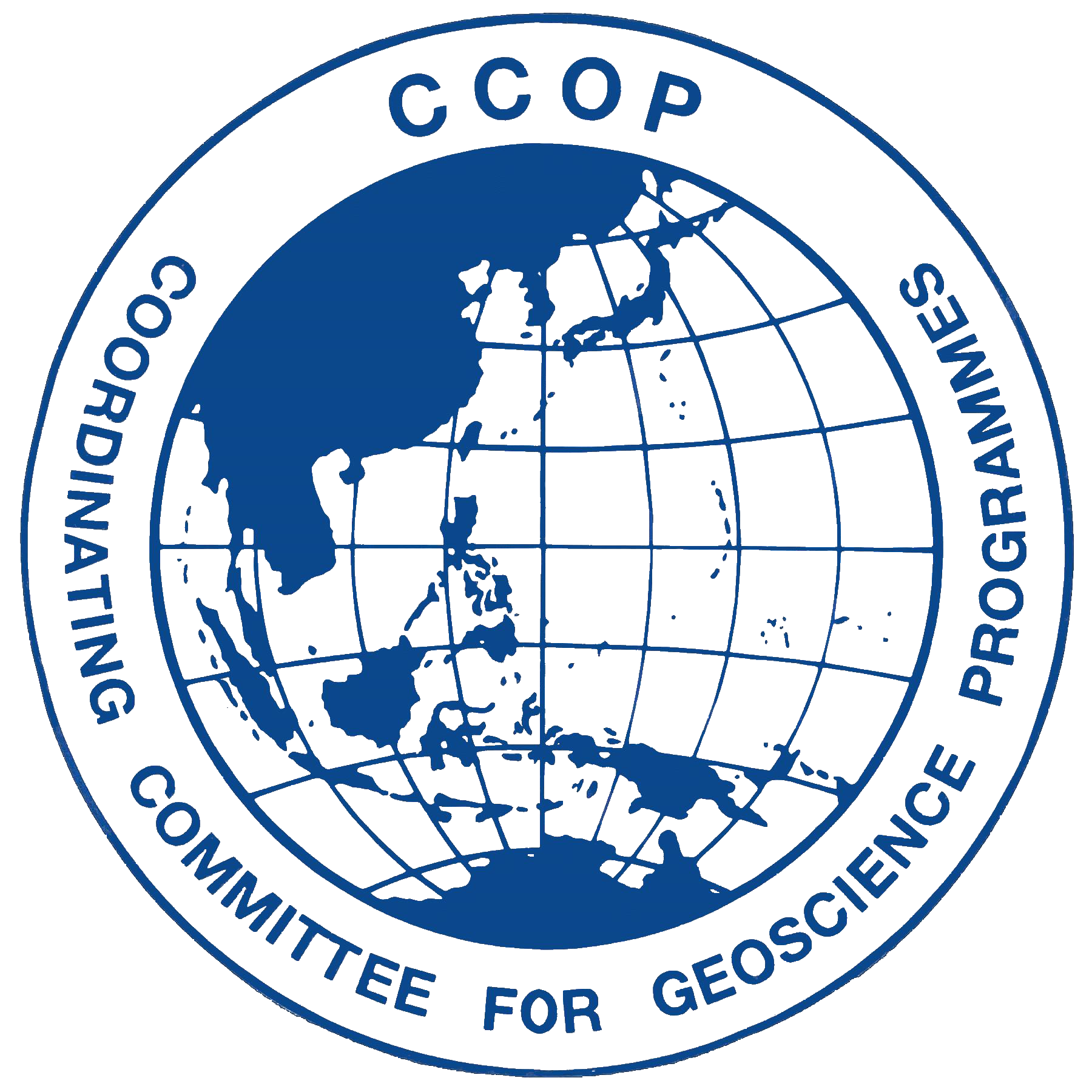Mitigation of carbide lime waste and CO2 gas emission from acetylene gas industry: feasible technique of high-grade PCC production
Keywords:
carbide lime waste, feasible carbonation, Precipitated calcium carbonate, waste mitigationAbstract
The global acetylene gas market is currently witnessing stable growth. Owing to its high flame- -temperature properties, acetylene gas is extensively used for numerous metalworking applications including oxy-acetylene cutting, heat treating, soldering, brazing and welding. Acetylene gas is a colourless combustible gas that is produced through the combination of calcium carbonate (CaCO3) and water. However, the gas manufacturing results in a production of carbide lime as a by-product that is classified as a scheduled waste in Malaysia under Environmental Quality Act: EQA 1974 (SW 427). In addition to the abundant carbide lime waste, the acetylene manufacturing also causes an increase in carbon dioxide (CO2) gas emission that trap heat in the atmosphere. This phenomenon has become a crucial environmental concern as the rise of CO2 gas emission leads to global warming. In mitigating the accumulative wastes, this current work was performed by revolutionising the carbide lime waste that is rich in calcium hydroxide (Ca(OH)2) of 25 to 30% and CO2 gas waste as a main precursor of carbonate (CO3 2−) ions in producing high- -grade precipitated calcium carbonate (PCC). The high-grade PCC was produced using these industrial wastes as primary starting materials via a feasible carbonation technique. In increasing the PCC yield, the production of PCC was initiated via forming an ionic solution by extracting Ca2+ ions from carbide lime waste using a promoter agent. The current outcome signified that ~20 g of high-grade PCC with a purity of 98% was produced for every 1 litre of ionic solution. Interestingly, miscellaneous functional morphologies namely rhombohedral and spherical structures of PCC were formed, attributable to various processing parameters. Effectively, the PCC production was completed within less than 10 minutes per litre of ionic solution which significantly offered a fast-rate process. The conducted feasible carbonation technique provides high potential in converting the harmful industrial wastes to profitable products. Via this technique, the production of high-grade PCC as a main product with zero waste, not only reduces the waste management cost but also increases the industrial profits. Remarkably, the recycling of abundant carbide lime waste and CO2 gas usage in producing high-grade-high-profit PCC results in zero waste production, and thus may help in preserving environmental sustainability.
References
Ana M.L.P., Roberta P., Carlos G.G, Lourdes F.V., & C. Domingo.(2010). A breakthrough technique for the preparation of high-yield precipitated calcium carbonate. The Journal of Supercritical Fluids, 52, 298-305.
Cagatay M.O., & Batur E. (2018). Influence of pH on morphology, size and polymorph of room temperature synthesized calcium carbonate particles, Powder Technology, 339, 781-788.
Hadiko G., Han Y., Fuji M., & Takahashi M. (2005). Synthesis of hollow calcium carbonate particles by the bubble templating method, Materials Letters, 59, 2519-2522.
Han J.T., Xu X., & Cho K. (2007). Sequential formation of calcium carbonate superstructure: From solid/ hollow spheres to sponge-like/solid films. Journal of Crystal Growth, 308, 110–116.
Han Y.S., Hadiko G., Fuji M., & Takahashi M. (2006). Influence of initial CaCl2 concentration on the phase and morphology of CaCO3 prepared by carbonation, Journal of Materials Science, 41, 4663–4667.
Ligia M.M.C., Gabriel M.O., & Rafael S. (2017). Precipitated calcium carbonate nano-microparticles: applications in drug delivery. Advances in Tissue Engineering & Regenerative Medicine Open Access, 3, 336‒340.
Onimisi J.A., Roniza I., Kamar S.A., Norlia B., & Hashim H. (2016). A novel rapid mist spray technique for synthesis of single phase precipitated calcium carbonate using solid-liquid-gas process. Korean Journal of Chemical Engineering, 34, 1-5.
Othman A., Isa N., & Othman R. (2015). Preparation of precipitated calcium carbonate using additive and without additive. Jurnal Teknologi, 77, 49-53.
Rattapong T., Ratchanon P., Pornpote P., and Benjapon C. (2019). Computational fluid dynamics of sulfur dioxide and carbon dioxide capture using mixed feeding of calcium carbonate/calcium oxide in an industrial scale circulating fluidized bed boiler. Applied Energy, 250, 493-502.
Salleh E.M., Othman R., Mahim Z., & Mohd Sabri SN. (2021). Effect of Liquid Feeding Rate on Carbonation of Precipitated Calcium Carbonate via Continuous Method. Journal of Physics: Conference Series, 2080 012017.
Santos R.M., Pieter C., & Tom V.G. (2012). Synthesis of pure aragonite by sonochemical mineral carbonation. Chemical Engineering Research and Design, 90, 715-725.
Shirsath S.R., Sonawane S.H., Saini D.R., and Pandit A.B. (2015). Continuous precipitation of calcium carbonate using sonochemical reactor. Ultrasonics Sonochemistry, 24, 132-139.
Sun J., Wang L., & Zhao D. (2017). Polymorph and morphology of CaCO3 in relation to precipitation conditions in a bubbling system, Chinese Journal of Chemical Engineering, 25(9) 1335-1342.
Walsh D., & Mann S. (1995). Fabrication of hollow porous shells of calcium carbonate from selforganizing media. Nature, 377, 320-323.
Yong S.H., Hadiko G., Fuji M., and Takahashi M. (2005). A Novel Approach to Synthesize Hollow Calcium Carbonate Particles. Chemistry Letters, 34, 152-153.
Downloads
Published
How to Cite
Issue
Section
Categories
License
Copyright (c) 2024 Thai Geoscience Journal

This work is licensed under a Creative Commons Attribution-NonCommercial-NoDerivatives 4.0 International License.








